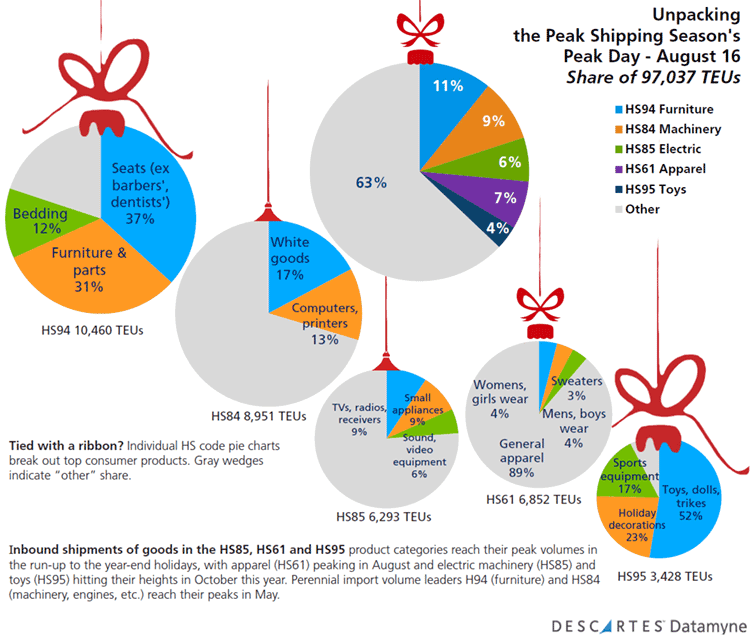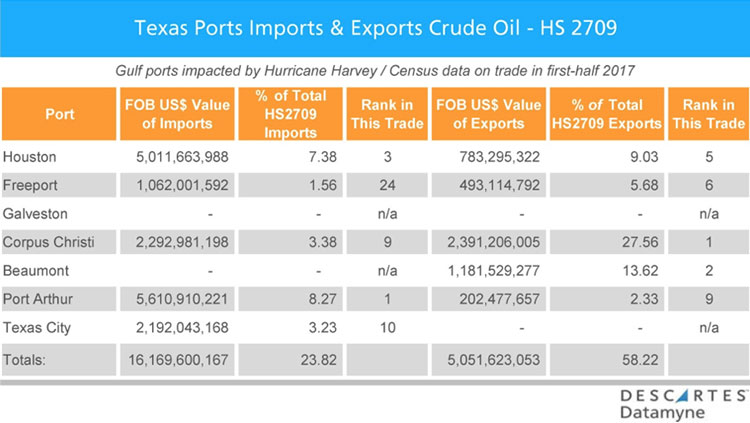Survey respondents divided on Panama Canal expansion’s impact on trade flow
by Bill Armbruster, blog anchor
In my last column, I asked readers to weigh in on a survey regarding the impact of the Panama Canal expansion on US waterborne trade. The $5.25 billion project will increase the maximum capacity for container vessels to 12,500 TEUs, up from 5,000 today.
All respondents to date agree that the canal expansion will have at least some impact, with half saying it would have a great impact.
East and Gulf Coast ports expect the expansion will be a boon because of the canal’s ability to accommodate larger ships and are spending billions of dollars preparing for the bigger ships. Surprisingly, none of the respondents say ports would be fully prepared, while two-thirds say they might be ready, and another third say they won’t be ready.
Ports may have some additional time. The project was initially scheduled for completion in 2014, but that was subsequently pushed back to early 2015. Now it may be delayed even longer due to a dispute between the Panama Canal Authority and the consortium building the new locks. Concrete pouring started on July 1, but both sides admit that the most important element of the mammoth engineering project has been hit by delays of up to six months, according to a press report dated August 28.
Survey participants say they expect the Port of New York and New Jersey will gain more than any other port from the expansion, followed by Virginia’s ports – Norfolk, Newport News and Portsmouth. The Virginia ports are already capable of handling ships requiring 50-foot drafts; New York-New Jersey will be ready by the end of 2014 after channels and most terminal berths are dredged to 50 feet.
Respondents expect that the largest ships to make regular calls at East and Gulf Coast ports after the expansion will be 8,000 TEUs or more.
Forty-four percent of the respondents say they think ports in Central America and the Caribbean may gain more new business than US ports. Panamanian ports are expected to be the biggest winners in that region, which is no surprise, considering the logistical advantages of loading or unloading cargo at ports on either side of the canal, and then using feeder ships to serve other regions, particularly South America. This also saves carriers the expense of canal tolls, as I discussed in an earlier column.
As for comments from respondents, one reader who is obviously a strong proponent of all-water services, puts it this way: “Why would ocean carriers move cargo MLB [mini-landbridge] and pay the rail carrier versus putting the cargo on their vessels and save inland expense and gain better utilization on their vessels?”
Good question. I expect that some carriers will offer more Panama Canal services after the expansion, but that they are more likely to use larger vessels on existing services rather than add more services. As this reader suggests, rail service is expensive, but many carriers feel they can get getter utilization using West Coast ports and have them return directly to Asia rather than making the long transit through the canal.
Moreover, the longer the voyage, the greater the fuel cost. Perhaps most important, many customers prefer the speed of rail service via the West Coast. But for other shippers, particularly those near East and Gulf Coast ports, all-water service is far more convenient and economical.
2015 is still three years away, and much can happen in that time. If the world economy and global trade pick up, the Panama Canal may be one of the biggest beneficiaries. But if trade remains stagnant, the canal may not have all that much additional traffic.
 Bill Armbruster, the anchor for the Datamyne Blog has covered shipping and trade for 30 years as a reporter and editor with The Journal of Commerce and Shipping Digest. “I’ll be blogging on headline news and current issues in oceangoing commerce, trying to shed some light on the backstories and, wherever I can, supply some sound advice for shippers.” Write Bill care of [email protected].
Bill Armbruster, the anchor for the Datamyne Blog has covered shipping and trade for 30 years as a reporter and editor with The Journal of Commerce and Shipping Digest. “I’ll be blogging on headline news and current issues in oceangoing commerce, trying to shed some light on the backstories and, wherever I can, supply some sound advice for shippers.” Write Bill care of [email protected].
The opinions expressed in this article are those of its author and do not purport to reflect the opinions or views or Descartes Datamyne. In addition, this article is for general information purposes only and it’s not intended to provide legal advice or opinions of any kind and my not be used for professional or commercial purposes. No one should act, or refrain from acting, based solely on this article without first seeking appropriate legal or other professional advice.





